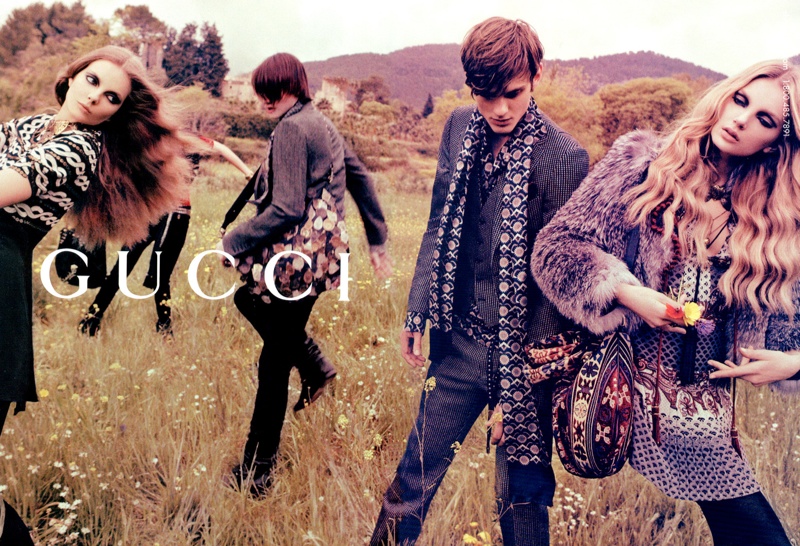Key theory 4- Claude Levi-Strauss- Structuralism.
Binary opposition-
Where two concepts, messages or values are presented in direct opposition with one another. Levi-Strauss suggested our perception f the world is based off of binary opposites.
Binary opposition are an element of narrative, as they can quickly tell a story and establish character archetypes.
Analysing a fashion advert.
This advert, for Gucci, has used models playing and having fun in a field to promote their
latest clothing line. This is a tactic used by the producer of the advert to show the audience
that they can also have fun if they purchase Gucci's clothes.
The advertisement has also been given a vintage feel because of the darker shadows and
faded colour. The producer has done this to create an atmosphere for the vintage style of
clothes. This is called symbolic code, when a feature of the advert has a deeper meaning,
and although this is a modern advert, the vintage theme has been used to create a feeling of
timelessness for the brand and their clothes.
The advert uses hermeneutic code to create a sense of mystery making the audience wonder
why the models are in a field and what they are doing. The mystery behind this creates a
feeling of excitement for the viewer, enticing them to buy Gucci's product.
Gucci has used this advert to not only sell their clothes but the lifestyle that can come with
them. Gucci is seen as a respected brand and brings class to the people who buy their
product. The idea that their clothes can give the wearer carefree, fun lifestyle is what draws
them into buying the clothes.

Comments
Post a Comment